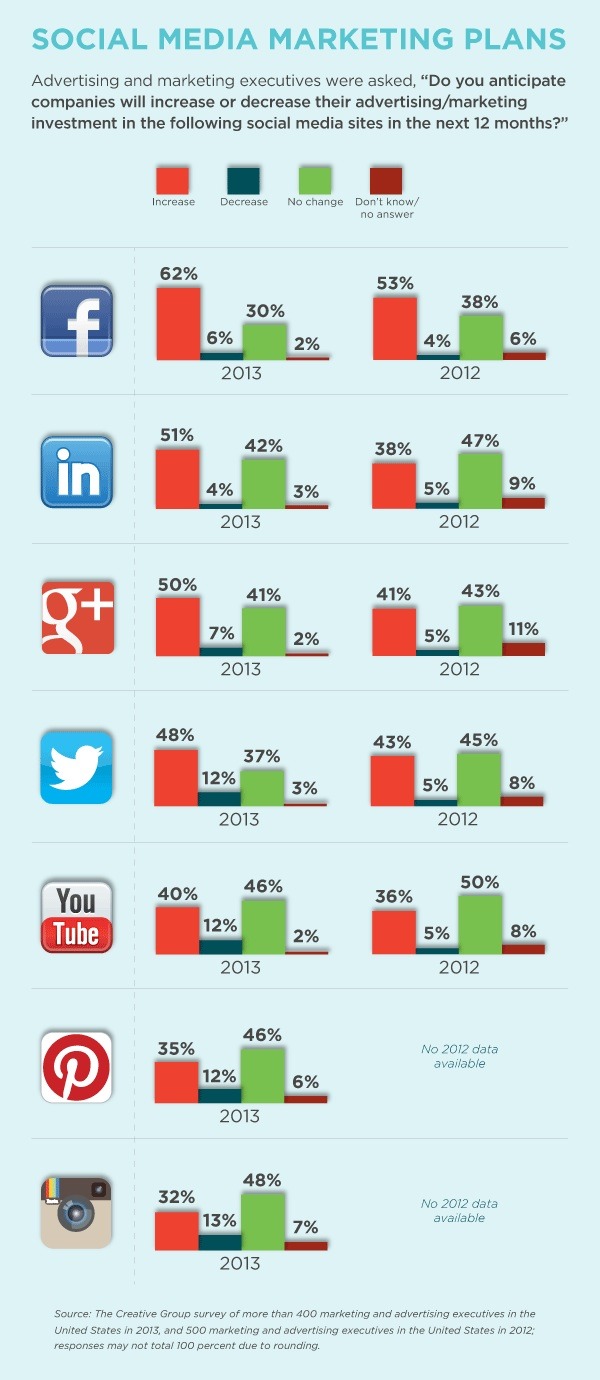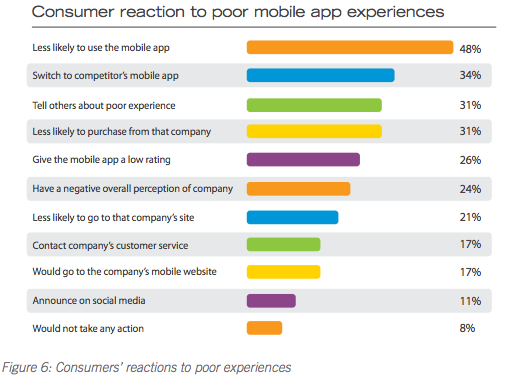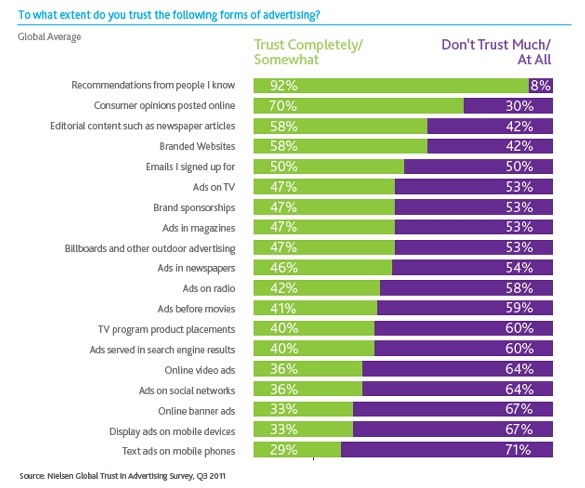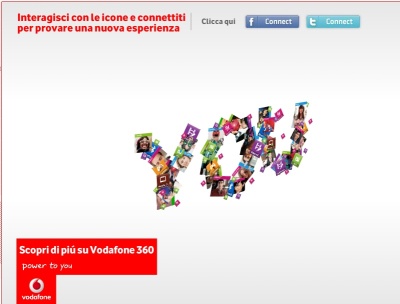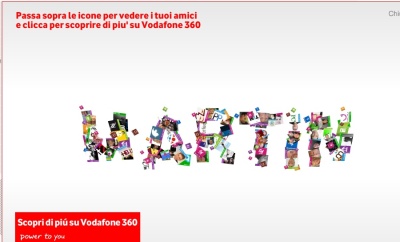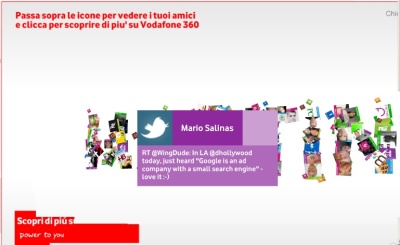From Content Marketing to Story Advertising?!
Managers around me get confused about the trend content marketing. What exactly is, and where does it start? A promoted tweet? A long branded status update? An advertorial? Promoted or sponsored content? A commercial that does story-telling? I have decided to discuss this a bit when I came across a great commercial yesterday as Pepsi turns the tables these days again.
But let’s start with another commercial that AUDI launched at Super Bowl this year called “Prom”. Watch it first, so you know what we are talking about. Cool commercial. Nice story. Well thought. No doubt…
Many digital experts defined this in posts or in their presentations at marketing events as content marketing. Somehow, they might have been right as it is telling a story with a beginning, a turning point and an end. And it is not just a well-produced commercial highlighting a product. It is not focused not on pure selling or promoting it.
Former commercials from Volkswagen “Star Wars”, Old Spice’s “The Man Your Man Could Smell Like” or Blendtec’s ongoing series of product tests on Youtube already went towards the content marketing direction. In their line of mention, they were evolving from a traditional commercial into some form of viral advertising series. These clearly differed from the AUDI commercial as their story-telling was neither epic, nor f(r)iction.
Now, Pepsi comes up with some really clever advertising approach in my eyes. And the question I would like to raise is: Is this content marketing or story advertising?
Most of us have seen the movie “Blues Brothers”. In that film, Elwood must reunite the old band and go on another “Mission from God”. Based on that plot, the Pepsi MAX commercial series gets their food.
After introducing Uncle Drew in the first commercial, the second series starts with a conversation between Uncle Drew and basket ball legend Bill Russell (well played by Morgan Freeman) who sends him on a mission “Get out there and get your team together again!” He shall teach the young boys how to “get buckets” – the claim of the series.
First Commercial
Second Commercial
The third commercial just recently came out and takes this form of story advertising to another level. Uncle Drew visits an underground jazz club in downtown Chicago to convince his old point guard “Lights” to re-live their glory days on the court. Although his wife disagrees, he gets his friend to go out again. What happens thereafter? Just watch it…
Obviously, players and spectators at the basketball courts in all three versions were told that they would be filmed for a “basketball documentary”. However, they enjoyed some special show of basketball magic by Kyrie Irving.
Spot On!
Story advertising could become a new form of content marketing. Pepsi MAX doesn’t even play a supporting actor in these films. It is a series around a brand, but the brand is not the star. It is there but just doing what it’s meant to do: Max taste – sugar-free. Pure enjoyment. By creating a series of commercials with main characters coming back, a real plot around a team reunion, and some really extraordinary testimonials doing what they can do best, consumers feel like being somewhere between the movies and the sports stadium. Illusions made real. They will be waiting for the next part to come out, and hope they become part of it. It’s branded content but not in a traditional way. It is like “24” or “Mad Men”, just in the commercials. It creates excitement for the next version, engages the audience to talk about basket ball (the sports that Pepsi MAX spends their marketing bucks “buckets” on), and will become viral. This is a new dimension. This is what I would call: Story Advertising.
PS: Maybe they could have left it open until the last version when the team is together again, how Pepsi did this human transition. But that is my view, how about yours…?





